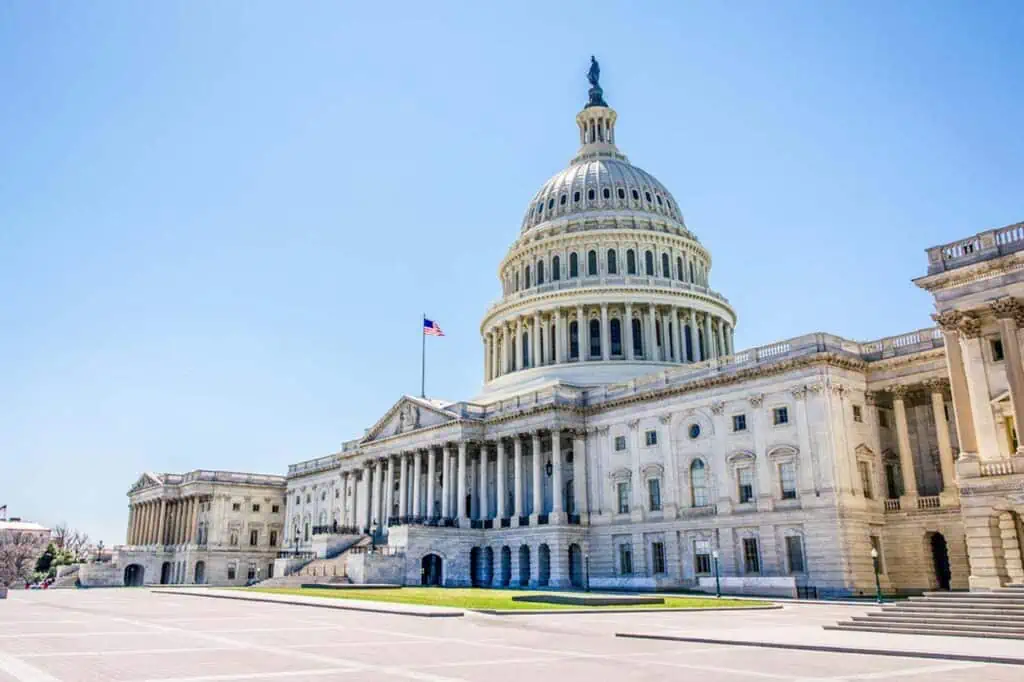New Maryland Legislation Promises Reform for Health Care Workforce
Over the past several decades, staffing shortfalls have imposed dramatic negative effects on Maryland’s health care system, including increased hospital readmission and higher mortality rates among patients. But new legislation in Maryland may offer some hope.
States Face Critical Health Care Shortages
Statistics confirm Maryland’s current health care shortages: In 2020, the state had only 11.3 nurses for every 1,000 residents, and in February of this year, Maryland’s hospitals posted more than 3,900 nursing vacancies, a 50 percent increase since August 2021.
The shortage extends to physicians as well, being particularly acute in the rural parts of the state. Maryland has 48 federally designated primary care Health Professional Shortage Areas (HPSAs), mostly concentrated in the far eastern and western parts of the state, leaving almost 47 percent of primary care need unmet. A 2019 report from the USM Health Care Workforce Working Group found that Maryland was short one physician for every 9,600 people, a shortage especially significant relative to the state’s general wealth. This disparity mirrors that of the country at large. Analysts predict that without changes to current nurse staffing systems, the U.S. will continue to face a critical nursing shortage through at least 2030. Maryland is projected to need more than 12,000 new nurses. Nationwide, the U.S. can expect a shortage of between 37,800 and 124,000 physicians by 2034, with projected shortfalls of 17,800 – 48,000 primary care physicians and 21,000 – 77,100 specialists.
One promising solution lies in opening pathways to the health care workforce for internationally trained immigrant and refugee health care workers. Maryland recently passed bipartisan legislation that could bolster workforces in various health professions.
Multiple Factors Drive Health Care Shortages
An aging nursing workforce is a central factor in staffing gaps. The average age of a nurse in the U.S. is 52, and an estimated 70,000 registered nurses are retiring each year. Data from U.S. nursing schools indicate that not enough students are enrolling to offset those losses.
In filling vacant nursing posts, states must also address a related staffing challenge. For example, studies show a direct correlation between a health care system that reflects the ethnic and racial backgrounds of patients and improved health outcomes. Patient-provider concordance, or patients being treated by providers of the same skin color and cultural background, results in statistically significant improvements in patient treatment and recovery. However, the 2020 U.S. Census revealed that while just 58 percent of the U.S. population is White (non-Hispanic), more than 68 percent of current registered nurses are White. Additionally, only 5.8 percent of doctors identify as Hispanic versus 18.5 percent of the general population, and 5 percent of doctors identify as Black versus 13.4 percent of the general population, leaving those communities with very few options for concordant care.
Hiring Practices Key to Quality Health Care
To ensure access to quality care for all patients, efforts to increase the nursing and physician workforce must also advance equity and inclusion in hiring practices. Immigrants and refugees with backgrounds in health care are well positioned to help address these disparities, offering in-demand skills, multilingual abilities, and cultural competence. Demographically, they are also poised to offset losses related to retiring workers; nearly 80 percent of Maryland’s immigrant and refugee population is between the ages of 16 and 64, compared to just 62 percent of their U.S.-born peers.
Yet systemic barriers—including rigid and, in some cases, arbitrary requirements to obtain occupational licenses—limit the employment opportunities of immigrants and refugees. Maryland is home to 7,000 immigrants and refugees with health-related undergraduate degrees that are not fully utilized; 3,000 hold international credentials, according to the Migration Policy Institute. Nationally, 45 percent of the underutilized health credentials held by immigrants and refugees are in nursing; and only 58.1 percent of non-U.S. citizen applicants for medical residency received a match in 2022, leaving thousands more with no path to licensure. Immigrants make up over 15 percent of Maryland’s population, comprising 929,431 non-U.S. born residents from Latin America (39.6 percent), Asia (32.3 percent), and Africa (18.5 percent).
Workforce Commission Examines Systemic Issues
Maryland’s new law establishes a commission to study health care staffing shortages, the barriers preventing immigrant and refugee health care workers from joining the workforce, and ways to promote career and licensing pathways for internationally trained health care workers.
Expanding options for nursing license applicants to demonstrate English-language skills and aligning state language assessment scoring standards with national standards would help to ensure that English-language assessments appropriately reflect nursing workforce needs. Additionally, increasing access to a range of credential evaluation services would offer more flexibility with costs and processing times.
By establishing this commission, Maryland is making critical progress toward an equitable, inclusive, and responsive health care workforce. Advancing opportunities for internationally trained immigrant and refugee health care workers will improve health outcomes and save lives in Maryland—and serve as a model for other states to do the same.
The IMPRINT Coalition’s #UntappedTalent campaign is advancing policies that are inclusive of all workers and opening pathways so that everyone has a fair chance of reaching their educational and career goals. Join the campaign.





